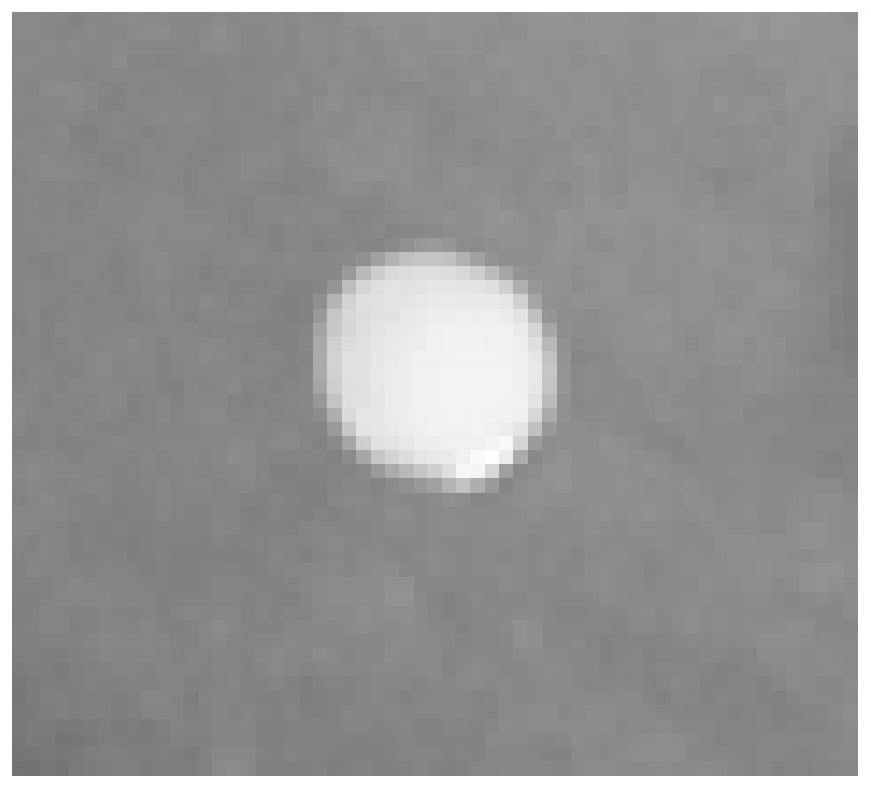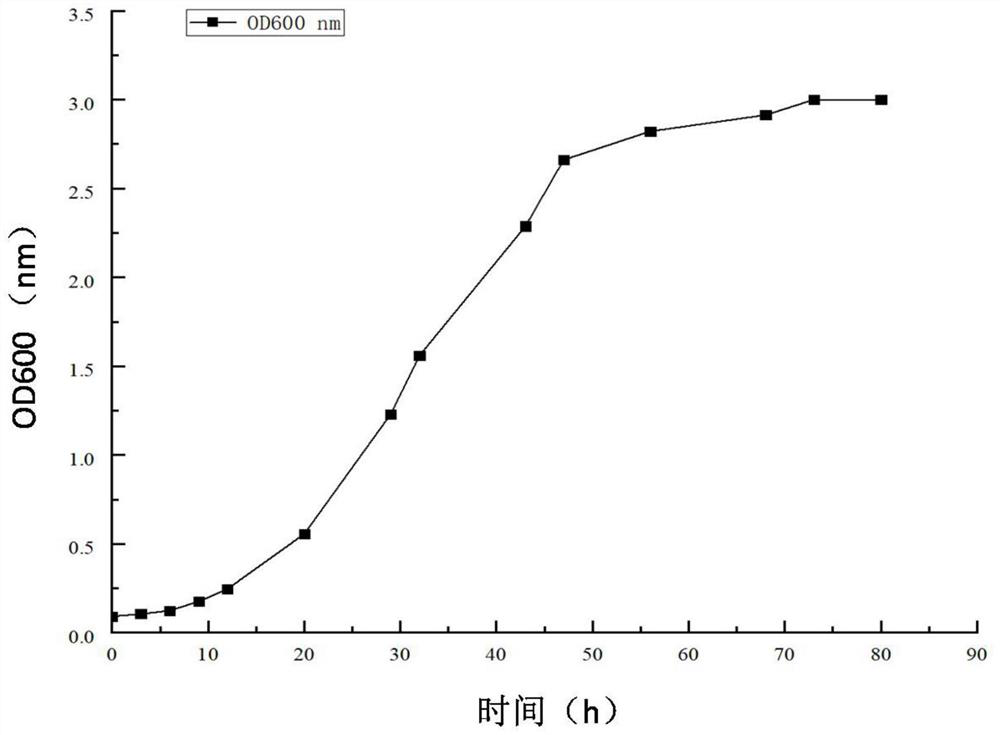Salt-tolerant saccharomycetes for increasing content of ethyl ester compounds in soy sauce and application of salt-tolerant saccharomycetes
A salt-tolerant yeast and compound technology, applied in the field of food fermentation and processing, can solve problems such as relatively little attention, and achieve the effect of improving fruit and floral characteristics, and harmonizing and lasting soy sauce flavor.
- Summary
- Abstract
- Description
- Claims
- Application Information
AI Technical Summary
Problems solved by technology
Method used
Image
Examples
Embodiment 1
[0051] The application of a salt-tolerant yeast for increasing the content of ethyl ester compounds in soy sauce in the preparation of fermented soy sauce comprises the following steps:
[0052] (1) Soaking and steaming: add soybeans into water, soak for 6 hours, and then conduct high-temperature and high-pressure cooking. The cooking pressure is 0.1MPa, the cooking time is 15min, the cooking temperature is 121°C, then cooled to 32°C, filtered Take the filter residue to obtain cooked beans;
[0053] (2) Mixing materials and mixing koji: Mix the cooked beans, flour and koji essence described in step (1) evenly, the mass ratio of the flour to the soybeans described in step (1) is 1:4, and the koji essence uses Aspergillus oryzae , the inoculum amount is 0.04wt% of the total mass of soybean and flour to obtain Daqu;
[0054] (3) Cultivation of Daqu: The Daqu obtained in step (2) is subjected to solid-state fermentation, first cultivated at 30°C for 16h, and then cultivated at 28...
Embodiment 2
[0063] The application of a salt-tolerant yeast for increasing the content of ethyl ester compounds in soy sauce in the preparation of fermented soy sauce comprises the following steps:
[0064] (1) Soaking and steaming: add soybeans to water, soak for 7 hours, and then conduct high-temperature and high-pressure cooking. The cooking pressure is 0.1 MPa, the cooking time is 13 minutes, and the cooking temperature is 123°C. Then cool to 35°C and filter. Take the filter residue to obtain cooked beans;
[0065] (2) Mixing materials and mixing koji: Mix the cooked beans, flour and koji essence described in step (1) evenly. The mass ratio of flour to soybeans described in step (1) is 1:4. Aspergillus oryzae is used for koji essence. The amount is 0.2wt% of the total mass of soybeans and flour to obtain Daqu;
[0066] (3) Cultivation of Daqu: the solid-state fermentation of Daqu obtained in step (2), first cultured at 30° C. for 22 hours, and then cultivated at 27° C. for 22 hours; ...
Embodiment 3
[0075] The application of a salt-tolerant yeast for increasing the content of ethyl ester compounds in soy sauce in the preparation of fermented soy sauce comprises the following steps:
[0076] (1) Soaking and cooking: Add soybeans into water, soak for 10 hours, and then carry out high-temperature and high-pressure cooking. The cooking pressure is 0.12MPa, and the cooking time is 15 minutes. Filter the residue to obtain cooked beans.
[0077] (2) Mixing materials and mixing koji: Mix the cooked beans, flour and koji essence described in step (1) evenly. The mass ratio of flour to soybeans described in step (1) is 1:4. Aspergillus oryzae is used for koji essence. The amount is 0.5wt% of the total mass of soybeans and flour to obtain Daqu;
[0078] (3) Cultivation of Daqu: the solid-state fermentation of Daqu obtained in step (2), first cultured at 30° C. for 24 hours, and then cultivated at 28° C. for 20 hours; wherein, the first time was completed at the 16th hour after the ...
PUM
| Property | Measurement | Unit |
|---|---|---|
| diameter | aaaaa | aaaaa |
Abstract
Description
Claims
Application Information
 Login to View More
Login to View More - R&D
- Intellectual Property
- Life Sciences
- Materials
- Tech Scout
- Unparalleled Data Quality
- Higher Quality Content
- 60% Fewer Hallucinations
Browse by: Latest US Patents, China's latest patents, Technical Efficacy Thesaurus, Application Domain, Technology Topic, Popular Technical Reports.
© 2025 PatSnap. All rights reserved.Legal|Privacy policy|Modern Slavery Act Transparency Statement|Sitemap|About US| Contact US: help@patsnap.com



